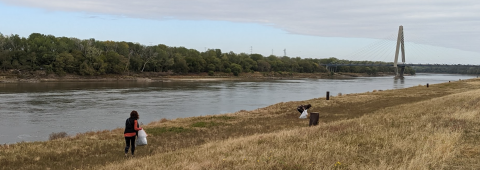Regional Communications Coordinators (COMCs) are appointed by the Public Safety Communications Board and are given the authority to coordinate and assign multi-jurisdictional interoperability assets. This position is a major component of the Tactical Interoperable Communication Plan (TICP) and interoperability under the National Incident Management System (NIMS).
COMCs are individuals affiliated with public safety agencies that have completed training required by the Public Safety Communications Board and have made a commitment to serve in this role. This position serves as a resource to the Communications Unit Leader and Incident Commander.
If an agency maintains or controls a regional interoperability asset (such as cache radios, radio channels or a command post), it agrees to deploy that asset upon request by the COMC. Once an asset is assigned to an incident, it remains assigned until released by the Incident Commander.
The follow are examples of when a public safety agency may request an on-call COMC:
- Two or more public safety radio systems need to be patched together so first responders can communicate across disparate systems.
- A large incident requires a public safety response from multiple jurisdictions that cannot communicate via their day-to-day radio systems.
- A large incident requires more equipment than an agency can accommodate.
- Specialized or out-of-region equipment is used in response to an incident and lacks the ability to communicate locally.
- When requested by an Incident Commander or Communications Unit Leader (COML).
A COMC can be requested by completing the request form below.






